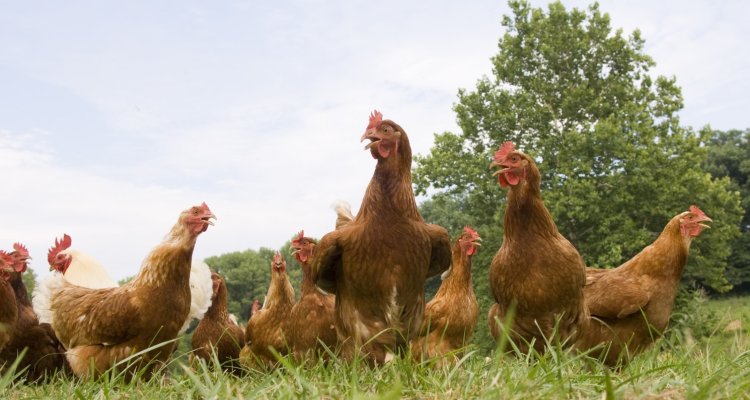
News
Final sperm maturation in birds occurs later than in mammals
In most mammalian species, sperm cells mature in the testis and epididymis (an organ joined to the testis). However, in roosters, and possibly other bird species, final maturation takes place in the vas deferens (the ducts that transport sperm from the epididymis to the ejaculatory organ). This was shown in a recent study in which WUR-ABG collaborated.
Importance of final sperm maturation
Sperm cells undergo a final maturation that involves, among other things, packaging and stabilization of the chromatin (DNA and other proteins) of the nucleus (in the sperm head). The packaging of chromatin influences the shape of the sperm head, affecting the quality and type of sperm movement (which directly affects its capacity to reach the fecundation site), protects the sperm from damage caused by mechanical, chemical or thermal stress, and provides the sperm head with sufficient rigidity to penetrate the oocyte.
Improving our understanding of sperm maturation in avian species
In the study, sperm cells from different sites of the male genital tract (testis, three sections of the vas deferens, and ejaculate) were investigated. Results showed that the proportion of spermatozoa with completed nuclei maturation (chromatin packing) is significantly higher in the end of the vas deferens than in the beginning. In addition, the study showedthat the tissue of the vas deferens had areas in which sperm cells accumulated and had intimate contact with glands producing vas deferens fluids, which may be key for the correct maturation of avian spermatozoa. These findings highlight the importance of sperm transit through the vas deferens to acquire sperm cell maturation and fertilization capacity, and thereby improve our understanding of avian physiology and fertility.
This study was performed by the National Institute for Agricultural and Food Research and Technology (INIA), a National Centre integrated in the State Agency of the Spanish National Research Council (CSIC), in collaboration with Wageningen University & Research, the National Institute for Research in Agriculture, Food and the Environment (INRAE) and the National Autonomous University of Mexico (UNAM). The work was partially funded by the Project IMAGE 677353.